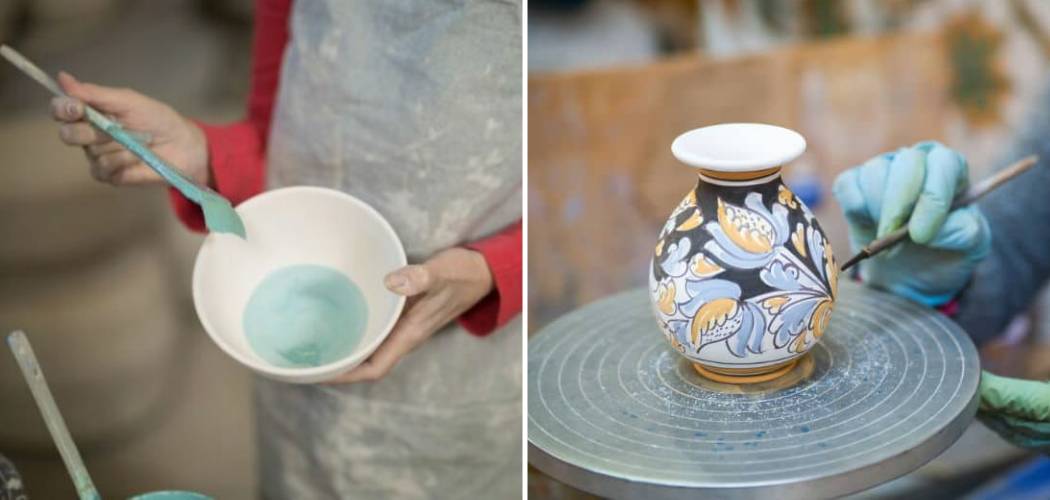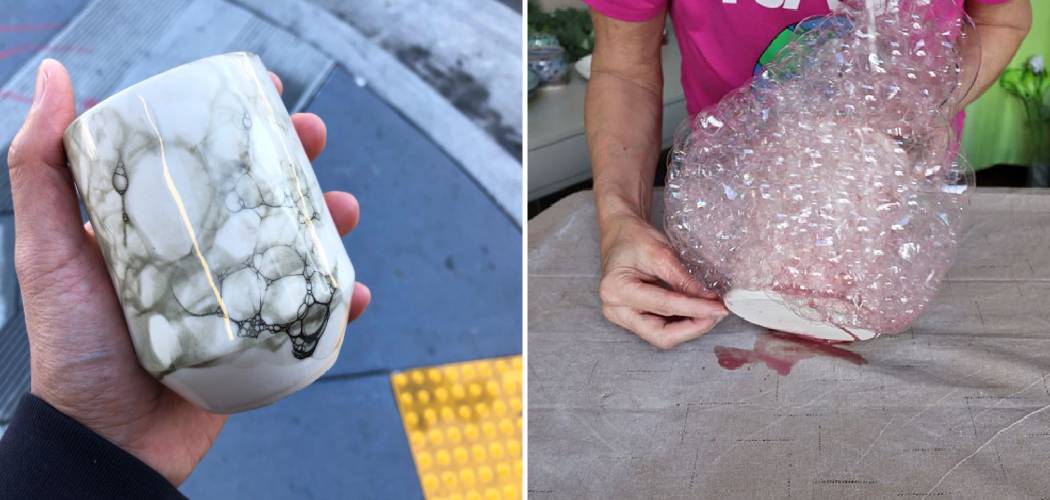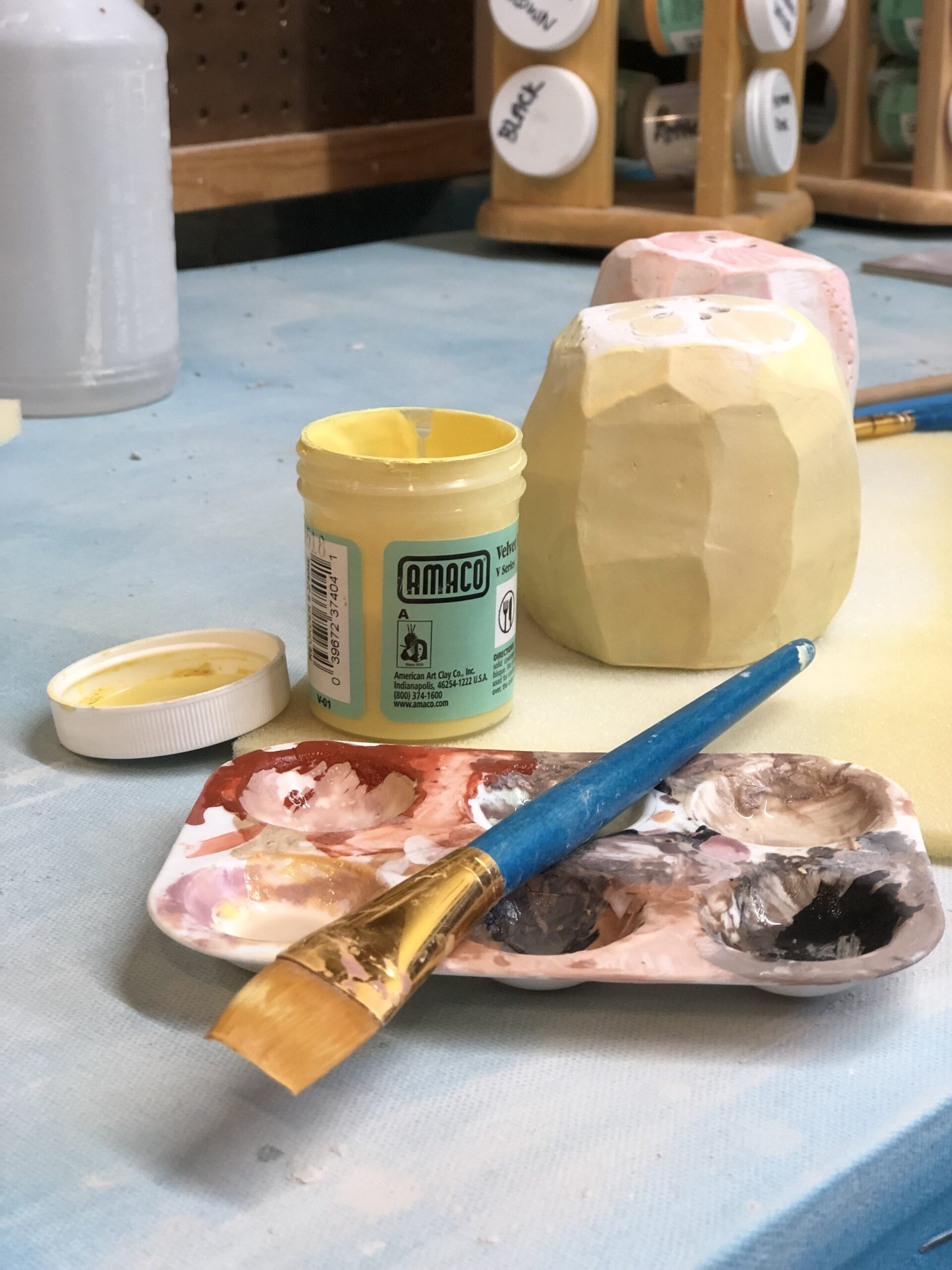Glazing with acrylic paint is a versatile technique that can add depth, dimension, and luminosity to your artwork. Whether you’re a beginner or an experienced artist, learning how to effectively use glazes can elevate your paintings to a new level. In this article, we will explore how to glaze with acrylic paint.
From understanding the materials and tools needed to master the techniques of application, we will delve into the intricacies of glazing. Whether you want to create subtle color shifts or vibrant overlays, mastering the art of glazing with acrylic paint opens up a world of possibilities for your artistic expression. So, let’s dive in and discover the techniques and secrets behind this captivating painting method.
Table of Contents
Understanding the Technique of Glazing with Acrylic Paint
Glazing with acrylic paint is a technique used to build up layers of transparent color, which allows for subtle and nuanced blending. When glazing with acrylics, it is important to work from lightest to darkest colors, allowing each layer time to dry before applying the next. While this technique can take some practice, learning how to glaze with acrylic paints will be beneficial in any painting project.
To begin glazing with acrylic paint, start by mixing a small amount of your chosen color and adding a few drops of water to thin it out; the consistency should be similar to that of maple syrup. Using either a soft-bristle brush or a sponge, apply the paint over the entire surface you wish to glaze. Allow this first layer to dry completely before adding a second, darker color. Continue layering colors in this manner until you are satisfied with the look you have created.
When glazing with acrylic paint, make sure to work from lightest to darkest and not vice versa; doing so will ensure the layers do not mix together and create unwanted mud-like effects. Also keep in mind that the more transparent colors used, the softer and subtler your results will be. It is also worth noting that when working on fabric or canvas, it is best to use a combination of both heavy-bodied acrylics and acrylic mediums for superior adhesion; these materials can also help reduce cracking over time.
Exploring the Benefits and Effects of Glazing in Acrylic Painting
Glazing is a painting technique used to create depth and texture in a painting. It’s also the perfect way to add luminosity, vibrancy, and color intensity to your work. When using acrylic paint, glazing can be done with water-based mediums or transparent colors. Here are some of the benefits of glazing with acrylic paint:
1. Create Depth:
Glazing allows you to build up layers of color in order to create an interesting, multi-dimensional effect in your artwork. This is especially useful when trying to achieve realistic lighting effects or add textures like fur or hair. With each layer of glaze, more detail and life will be added to your work.
2. Enhance Color Vibrancy:
Since glazing is done with transparent colors, the colors will be more vibrant than when using opaque colors. This makes it easier to create an intense and luminous finish that adds life and energy to your work.
3. Create Soft Gradients:
When you need to create smooth transitions of color, glazing is the perfect technique. Glazing allows you to gradually mix and blend colors in order to create gentle gradients or subtle shifts in tone.
4. Achieve Color Intensity:
The transparency of acrylic mediums means that each layer of glaze will add intensity to any underlying layers of paint. This makes it much easier to achieve a strong contrast between light and dark tones in your painting.
Glazing with acrylic paints has many benefits, but it can also be tricky to master the technique. Before you start glazing, make sure you have a good understanding of how transparency works in paint and practice experimenting with different types of colors and mediums. With some patience and practice, you’ll soon be able to achieve stunning effects in your paintings!
10 Methods How to Glaze with Acrylic Paint
Method 1: Choosing the Right Materials
To begin glazing with acrylic paint, it’s crucial to select the appropriate materials. Opt for high-quality acrylic paints that have a good level of transparency. Additionally, consider using glazing mediums or acrylic glazing liquids that enhance the transparency and flow of the paint.
Method 2: Preparing Your Painting Surface
Prepare your painting surface by applying a base layer of paint or primer. This provides a smooth and even surface for your glazes to adhere to. Ensure that the base layer is fully dry before proceeding with glazing.
Method 3: Understanding Color Theory
A solid understanding of color theory is essential for successful glazing. Familiarize yourself with concepts such as complementary colors, color temperature, and color mixing. This knowledge will help you choose the right colors for glazing and achieve the desired effects.
Method 4: Layering Translucent Colors
Glazing involves building up multiple layers of translucent colors. Start with a thin glaze of your chosen color and allow it to dry completely. Then, apply subsequent layers of glazes, gradually intensifying the colors and creating depth. Experiment with different color combinations to achieve the desired visual impact.
Method 5: Working from Thin to Thick
When glazing with acrylics, it’s generally recommended to work from thin to thick layers. Begin with a diluted glaze by mixing your acrylic paint with a glazing medium or water. As you progress, gradually reduce the amount of medium or water to create thicker and more concentrated glazes.
Method 6: Using Transparent and Semi-Transparent Colors
Transparent and semi-transparent acrylic paints are ideal for glazing. These colors allow light to pass through them, creating luminous and vibrant effects. Experiment with different transparent and semi-transparent hues to achieve the desired results.
Method 7: Employing Different Application Techniques
Explore various application techniques to achieve different visual effects. You can use a soft brush, sponge, or even a palette knife to apply the glaze. Each technique creates a unique texture and adds interest to your artwork.
Method 8: Blending and Feathering
To create seamless transitions between glazes, master the art of blending and feathering. Blend adjacent glazes gently using a clean, soft brush to achieve smooth gradations of color. Feathering involves using a dry brush to soften the edges between glazes, creating a subtle and ethereal effect.
Method 9: Experimenting with Glaze Mixtures
Don’t be afraid to experiment with glaze mixtures by combining different colors or adding mediums to alter the characteristics of the glaze. Play with translucency, opacity, and texture to create intriguing and unique effects.
Method 10: Allowing Sufficient Drying Time
Patience is key when glazing with acrylic paint. Allow each glaze layer to dry completely before applying the next. This ensures that the colors remain vibrant and the layers do not mix. Use a hairdryer or a fan to speed up the drying process if needed.
Some Common Mistakes When Glazing with Acrylic Paint
When glazing with acrylic paint, it’s important to avoid certain common mistakes that could ruin your artwork. Here are some of the most common mistakes when using acrylic paint for a glaze:
1. Not Stretching Your Paint Before Glazing:
Before you begin applying acrylic paint as a glaze, make sure to stretch out the paint by adding water until it looks like thinned-out cream. If the paint is too thick or lumpy it can create an uneven surface on your work and make it look unattractive.
2. Applying Too Much Pressure When Brushing:
It is easy to become overzealous when brushing on a layer of glaze but doing so can cause brush strokes to become visible and make the glaze look uneven. When brushing on a glaze, the best thing you can do is use very light pressure in order to create an even layer of paint.
3. Not Giving Enough Drying Time:
Acrylic paint needs time to dry or it will stay tacky and attract dirt and dust. Make sure that your work has completely dried before adding another layer of glaze or varnish. This could take anywhere from several hours to a few days depending on how thick your layers are.
4. Using Poor Quality Brushes:
It’s important to invest in good quality brushes since they will be more capable of creating an even coat of paint when applying glazes. Cheap brushes can leave behind bristles and create an uneven surface.
Conclusion:
Learning how to glaze with acrylic paint is possible, and even enjoyable! By familiarizing yourself with the appropriate materials, steps, and techniques, you can master this unique artistry. Not only is glazing with acrylics relatively simple but it also yields beautiful results. Get creative and stretch your skills by experimenting with different applications and color combinations.
Whether you’re just starting out or an experienced artist looking to level up your abilities, glazing with acrylic paint is a unique form of creativity that you can add to your repertoire. Why not dive right in and try it for yourself? Take the knowledge you’ve gained from this blog post and give it a go.





